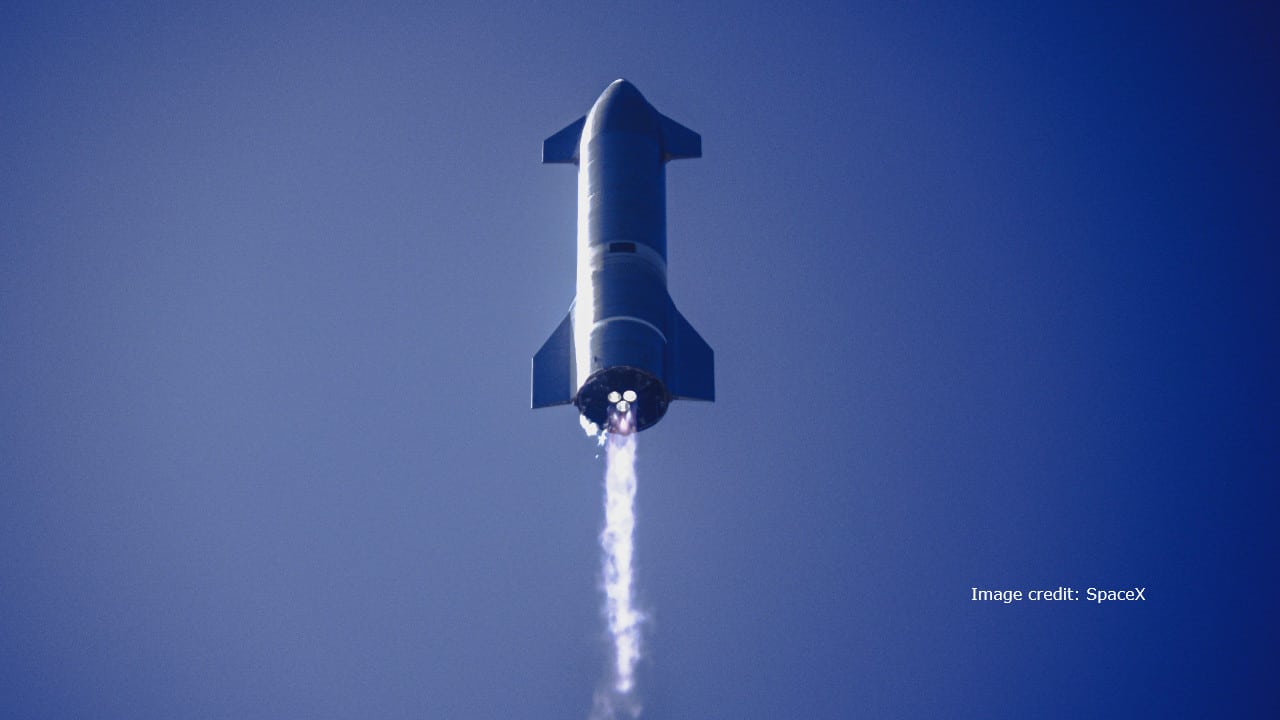Commercial Spaceflight in 2021
In early 2019 I wrote what is still one of the most popular blogs on Space Adventures’ website – Commercial Spaceflight in 2019. I thought it would be interesting to re-visit this topic and look at the status of commercial spaceflight at the start of 2021.
As is often the case in the space industry (and I am sure many others) things have not progressed as rapidly as I anticipated. Of the four new spacecraft I profiled in the 2019 blog post, only one has taken humans to space. The others are still working towards that goal, and could debut in 2021, or even slip to 2022.
Orbital spaceflight
Definition: An orbital spaceflight is where a spacecraft is placed on a trajectory and at a speed fast enough where it can remain in space.
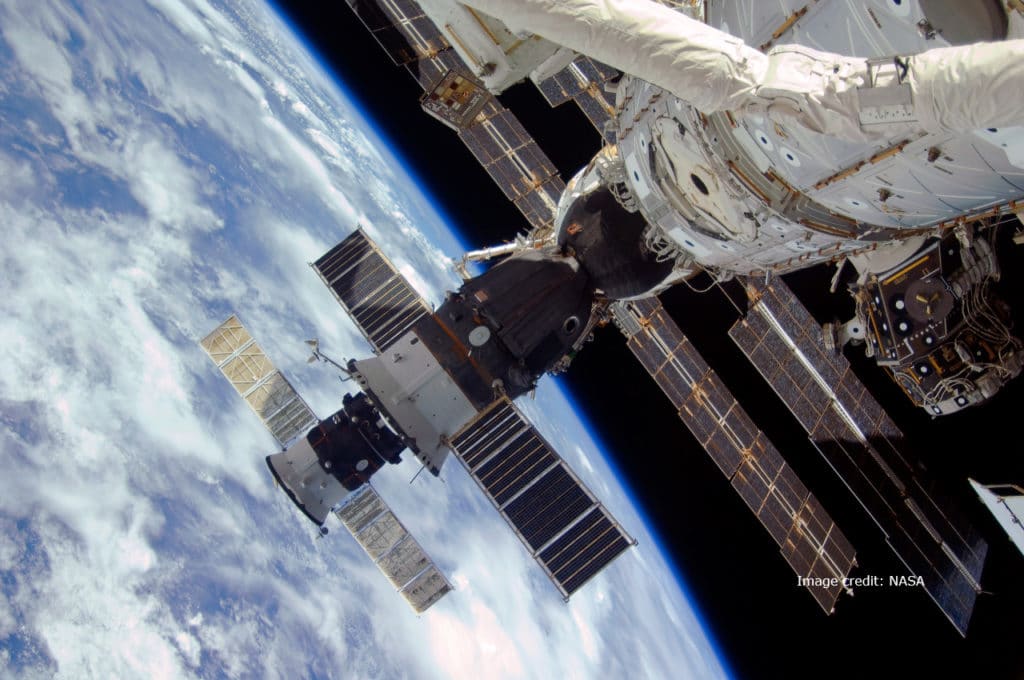
The Soyuz spacecraft attached to the International Space Station.
Since I wrote the 2019 blog, the reliable Soyuz has launched and returned four crews to the International Space Station, with a fifth now in space. In the same way it has since 1967, the Soyuz is an ever present and highly reliable workhorse of crewed spaceflight, seeing human spaceflight through the Apollo era, the Space Shuttle era, and now continuing to fly, in a highly upgraded version in the new SpaceX Dragon era. Two Space Adventures’ clients will fly on Soyuz to the International Space Station later this year.
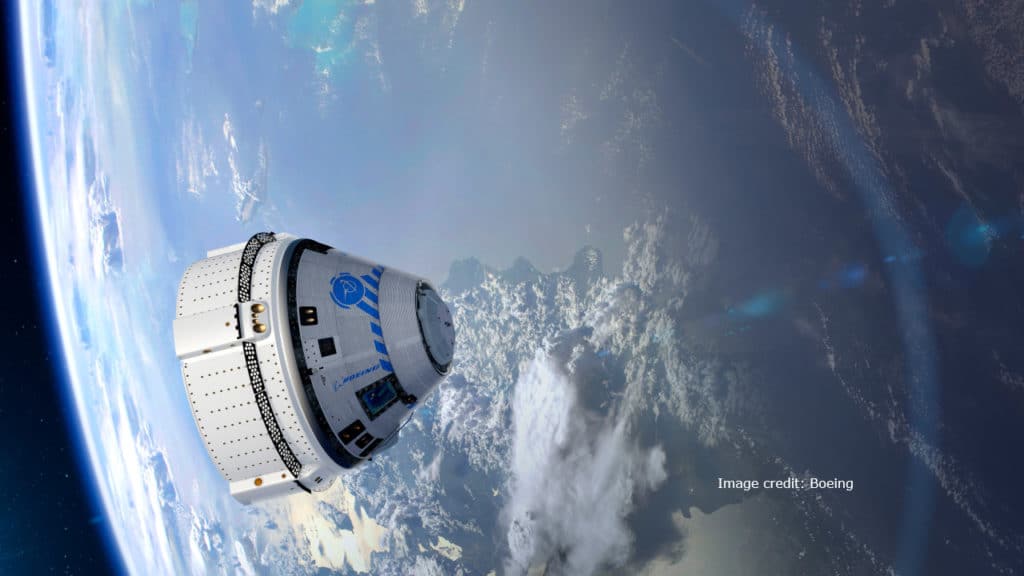
The Boeing Starliner spacecraft
Being developed by Boeing as part of NASA’s Commercial Crew Program, the Starliner’s un-crewed test flight in December 2019 fulfilled many objectives, but a software and timing issue meant it did not meet all of the test objectives. Boeing took 2020 to complete the fixes needed and a little more, and will take a second attempt at the test flight in the next few months, with a view to flying with crew in the summer of 2021.
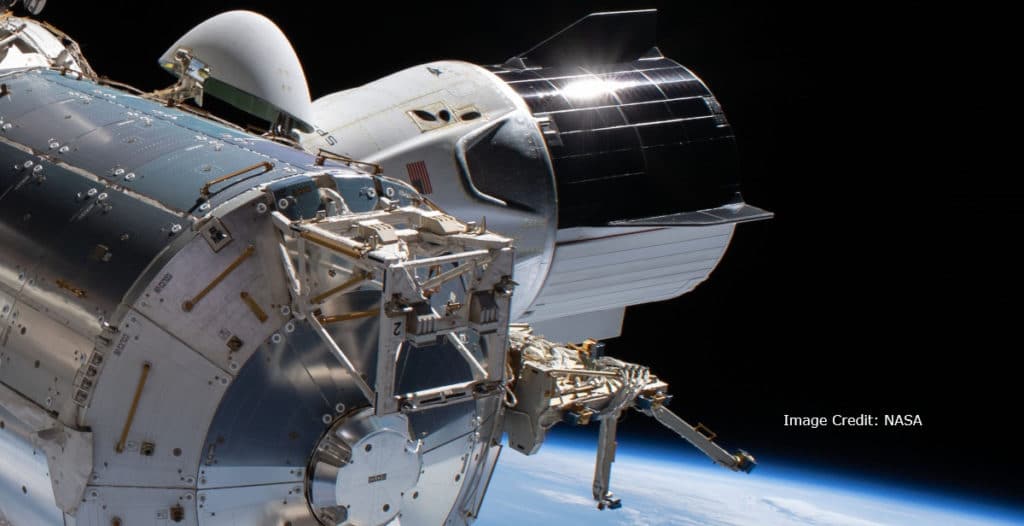
The SpaceX Crew Dragon spacecraft attached to the ISS.
The SpaceX Crew Dragon was certainly the star of the last couple years. In midst of the pandemic in June 2020 SpaceX successfully launched the first crew – NASA astronauts Bob Behnken and Doug Hurley to the International Space Station. And later in the year delivered a full complement of four astronauts for a full six-month tour of duty on the International Space Station.
In addition to further missions for NASA, SpaceX have missions planned in 2021 and 2022 taking private citizens to the International Space Station and on a free-flight to low-Earth orbit.
Suborbital Spaceflight
Definition: a flight to 100km above the Earth.
A phenomenal experience and beautiful view, but since you are only in space for a few minutes it’s a markedly different from living in space.
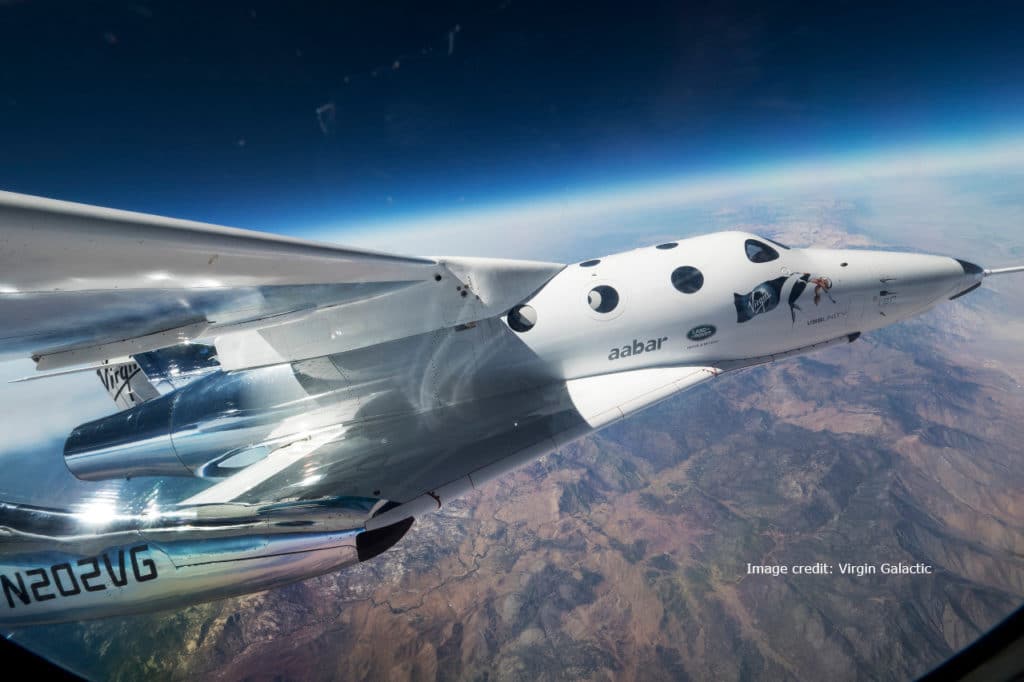
Virgin Galactic’s SpaceShipTwo
Now a public company, trading as SPCE, the last couple years have been pretty eventful for Virgin Galactic. But the start date of commercial service continues to be a bit of a mystery, and was just recently pushed back to 2022.
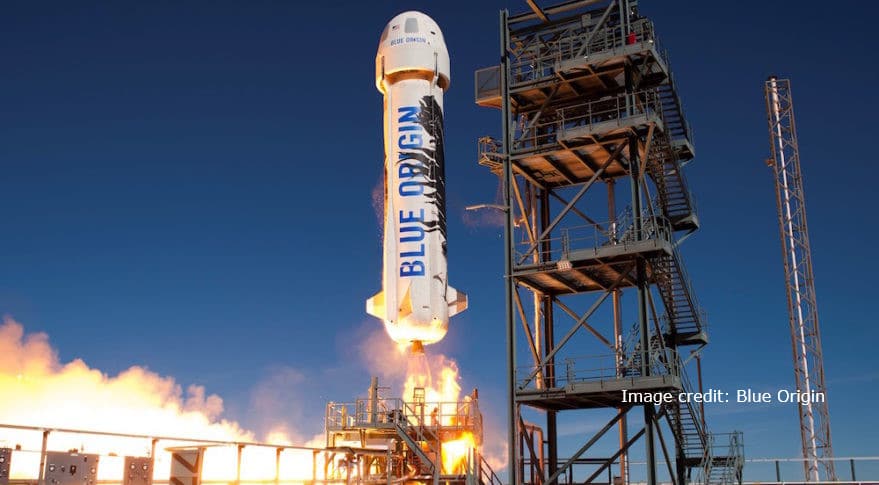
Blue Origin’s New Shepard
While Blue Origin’s New Shepard will one day launch with people, they seem content to be launching a few times a year carrying scientific payloads to the edge of space. Given the solid track record of 13 successful un-crewed flights, I have to think they are not far away from adding the first test crews, but Blue is not one for publishing schedules.
Starship (the new kid on the block)
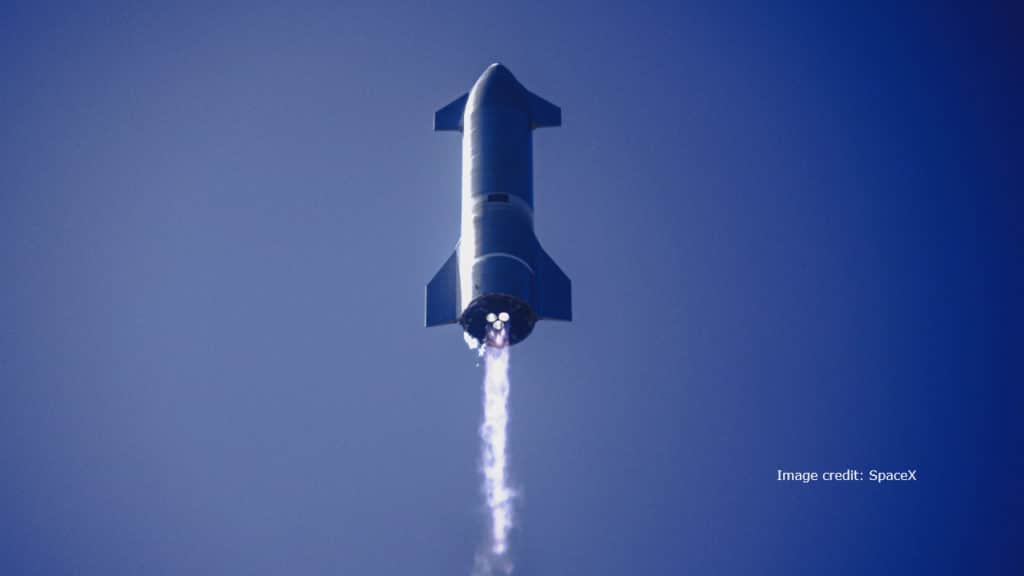
The SpaceX Starship during a test flight
Designed with Mars colonization in mind, SpaceX’s Starship is huge. First contemplated by SpaceX back in 2012, the Starship name was announced in 2018 at the same time as the first mission, to fly around the far-side of the Moon, was purchased by Japanese e-commerce billionaire Yusaku Maezawa. That mission is forecast to take place in 2023. Quite an ambitious schedule for such a complex system, but SpaceX seems to be dedicating huge resources towards the effort, and testing is well underway.
The combination of the Starship and its booster rocket will be 122m tall and 9m diameter. Starship can transport huge payloads into space. This massive sizes means that people on-board would have much more space to move around in, than the capsule systems detailed above.
We are keeping a close eye on the Starship development. It’s a very exciting program.
In Summary
So as with 2019, I have to conclude that this year promises to be another exciting one in the world of human spaceflight. I am certain that one, if not two of the vehicles I have profiled above will start to fly with humans onboard in 2021. And for any of you reading this who have your own spaceflight ambitions, that is a very welcome prospect.


